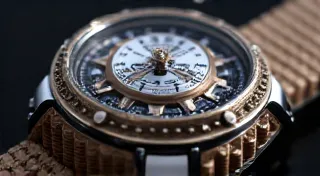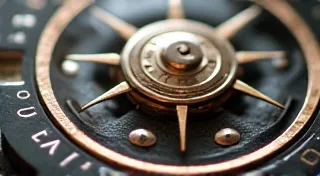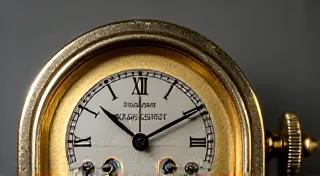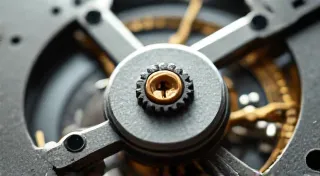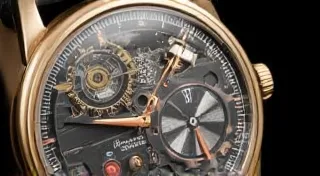The Echo of Hammers: How Movement Design Reflects the Soul of its Era
There’s a certain romance in understanding the inner workings of a mechanical watch. It’s not merely about seeing gears spinning and springs coiling, but about perceiving the human ingenuity and the prevailing aesthetic of the era that birthed it. Watch movements aren't simply mechanisms; they're tangible manifestations of the prevailing engineering philosophies and artistic sensibilities of their time. They whisper stories of meticulous craftsmanship, the relentless pursuit of precision, and the very soul of an era, a palimpsest bearing witness to the triumphs and tribulations of its creators.
I remember the first time I truly appreciated this. It wasn't from a textbook or a technical manual. It was from my grandfather’s workshop. He was a clockmaker, a silent, patient man who seemed to communicate more through his hands than with words. I’m not sure what sparked my interest, perhaps the smell of brass polish and the rhythmic ticking of countless timepieces filling the air, but I was mesmerized by the intricate landscapes revealed when he opened a watch case. Each movement, a miniature universe of levers, wheels, and springs, felt profoundly personal, imbued with the passion of its creator.
The Dawn of Precision: Early 19th Century – The Cylinder Escapement
Early mechanical watches, emerging in the 16th century, were fascinating, but hardly paragons of accuracy. It wasn't until the early 19th century that significant advancements began to truly transform the landscape of watchmaking. The cylinder escapement, prevalent during this period, represents a key turning point. Its design, characterized by a rotating cylindrical piece acting as the escape wheel's interaction point, reflects an era focused on relative simplicity and affordability. There was a sense of burgeoning industrialization, a move towards mass production, and the cylinder escapement, while not the most accurate, was amenable to this shift. The aesthetic was utilitarian, focused on function over flamboyant decoration. It’s a visual reminder of a time when the pursuit of precision was just beginning to coalesce into a science. Understanding the precise evolution of these mechanisms and their influence is a journey in itself; for those interested in delving deeper, the “Evolution of the Swiss Lever Escapement” provides a detailed account of later refinements.
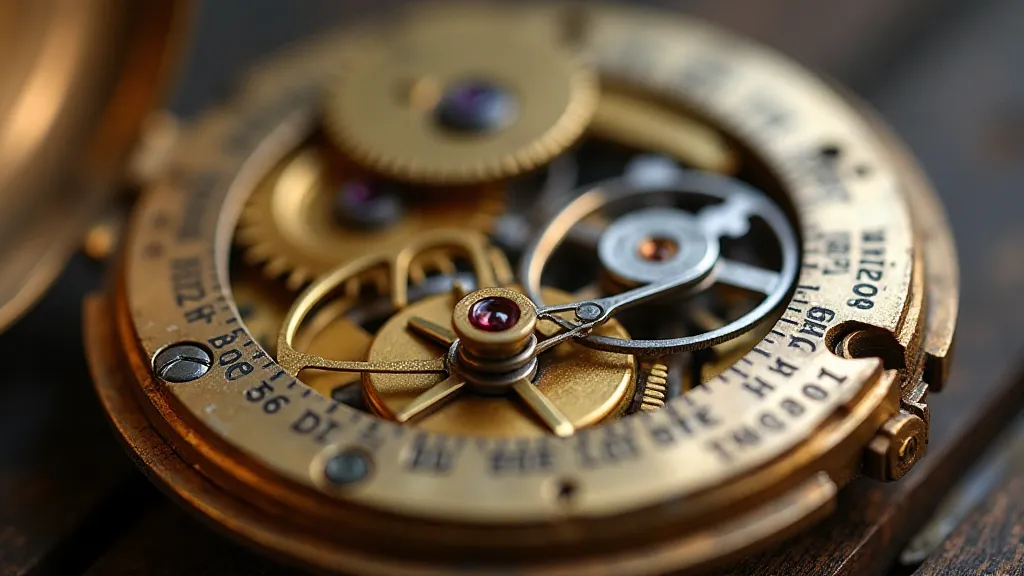
The Rise of the Lever: Mid-19th Century – An Age of Innovation
The mid-19th century witnessed a seismic shift with the widespread adoption of the lever escapement, largely attributed to Henri Louis Lechat. This marked a profound leap forward in accuracy and a reflection of the burgeoning spirit of innovation characteristic of the Victorian era. The lever escapement allowed for greater reliability and offered a more consistent timekeeping performance compared to its predecessor. More importantly, it opened the door for greater complexity and intricate detailing. Watchmakers began to explore more elaborate finishing techniques— Geneva stripes, perlage—reflecting a growing appreciation for aesthetics alongside functionality. The burgeoning middle class demanded not just timekeeping, but status, a tangible symbol of progress and prosperity. These movements began to tell a story about that aspiration.
Imagine the workshops of Geneva and Le Locle, bustling with activity, driven by relentless competition. Each maker sought to distinguish themselves, striving for greater accuracy, greater beauty, and ultimately, greater renown. This era saw the rise of iconic brands, each leaving their indelible mark on the landscape of horology.
The Golden Age: Late 19th – Early 20th Century – Art Nouveau and the Rise of Serial Production
The late 19th and early 20th centuries represent the zenith of mechanical watchmaking, the "Golden Age." This era coincided with the Art Nouveau movement, whose organic forms and flowing lines found their way into the decorative elements of watch movements. While the core mechanism remained firmly rooted in the lever escapement, the finishing and embellishment reached new heights. Manufacturers embraced serial production, enabling more elaborate designs to be produced on a larger scale, albeit still by skilled artisans. The intricate balance bridges, the delicately engraved plates—they are all a testament to the era’s artistic sensibility. Many of these designs followed specific structural blueprints, a detail explored in depth when examining the silent language of bridges – the anatomy of a watch movement.
Interestingly, this period also saw the genesis of the wristwatch. Originally considered a feminine accessory, the wristwatch quickly gained popularity amongst men, especially during the First World War. The design of these early wristwatches often reflected the aesthetics of pocket watch movements, adapted for the smaller form factor. It's a beautiful example of how an innovation—the wristwatch—influenced the evolution of the movement itself.
Post-War Reconstruction and the Quartz Crisis: Mid-20th Century Onwards
The mid-20th century brought significant disruptions. The Second World War impacted production and design. Post-war, the rise of the Swiss franc's strength made Swiss watches comparatively expensive in global markets. Then came the "Quartz Crisis" in the 1970s. The introduction of inexpensive, highly accurate quartz movements from Japan virtually decimated the Swiss mechanical watch industry. Many traditional watchmakers faced ruin, their skills seemingly obsolete.
However, the crisis also spurred a resurgence of appreciation for the craftsmanship and artistry that defined traditional mechanical watches. Collectors and enthusiasts began to recognize the value of these timepieces as historical artifacts, symbols of a dying art. This renewed interest, combined with a desire for authenticity and luxury, led to a revival of mechanical watchmaking in recent decades. Identifying components and understanding the intricacies of different manufacturers' movements, such as those produced by Seiko, is a critical element of appreciating the art. You can learn more about Seiko movement identification and their different calibers.
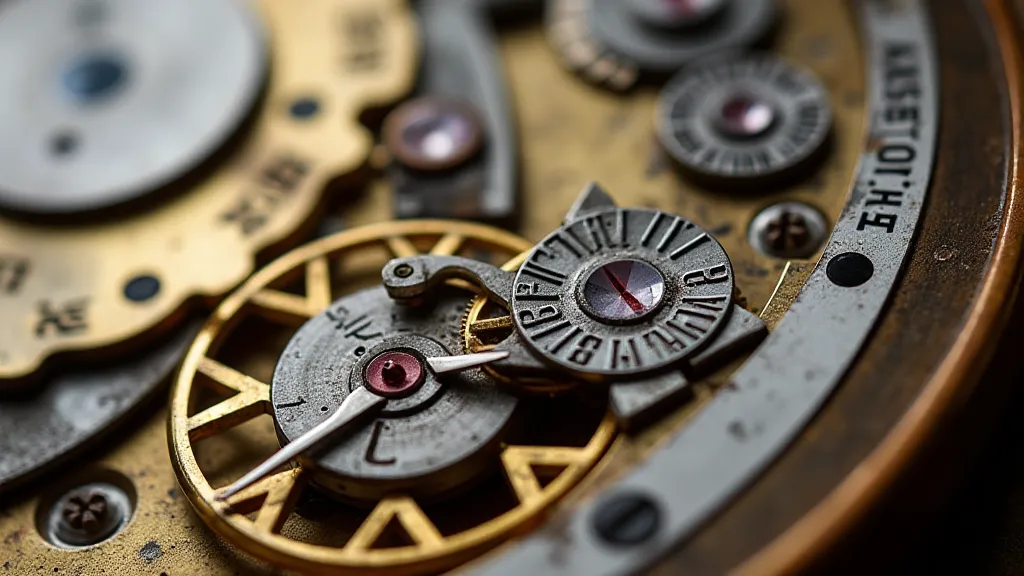
The Future of Mechanical Watchmaking: A Palimpsest of the Past
Today's mechanical watches draw inspiration from the past, incorporating elements of classic designs while embracing modern technology. The pursuit of accuracy and efficiency continues, but there is a renewed focus on aesthetics and craftsmanship. Manufacturers are rediscovering traditional finishing techniques, striving to create movements that are not only accurate and reliable but also beautiful works of art. Each new movement is a conversation with the past, a palimpsest reflecting the ingenuity of generations of watchmakers. The complexities of these movements often demand specialized knowledge for upkeep and repair. For those fascinated by the nuances of various Swiss manufacturers, examining Sellita movement identification and their construction can be insightful.
Restoring an antique watch movement isn’t just about fixing a broken mechanism; it’s about preserving a piece of history, connecting with the soul of an era. Even understanding the subtle nuances of a particular maker’s style—the specific angle of the Geneva stripes, the placement of the regulator—can provide a deeper appreciation for the skill and artistry involved. Collecting these movements, understanding their lineage, is akin to collecting stories whispered across the decades, tales of innovation, ambition, and the relentless pursuit of time.
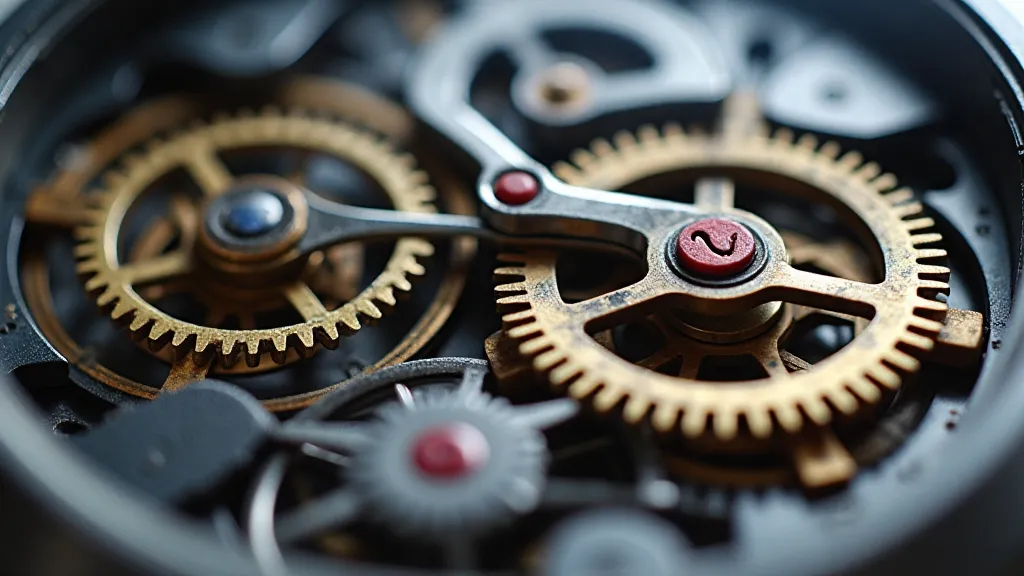
The echo of hammers continues to resonate within the intricate workings of mechanical watches, a constant reminder of the human ingenuity that drives us to measure and understand the passage of time. They are, ultimately, more than just timekeepers; they are miniature chronicles of human endeavor. The future of mechanical watchmaking lies in a delicate balance: honoring the traditions that shaped them while embracing the innovations that will ensure their survival. As the industry navigates challenges and opportunities, one thing remains certain: the legacy of the master watchmakers will continue to inspire generations to come. The meticulous craftsmanship and attention to detail that define these remarkable creations are a testament to the enduring power of human ingenuity and a celebration of the art of timekeeping. The ongoing pursuit of precision, beauty, and innovation ensures that the echo of hammers will resonate for centuries to come, shaping the landscape of horology and captivating the hearts and minds of enthusiasts worldwide. Observing the intricate components and understanding their combined contribution represents a profound connection to the history of human creativity and the relentless pursuit of a perfect measure of time.
